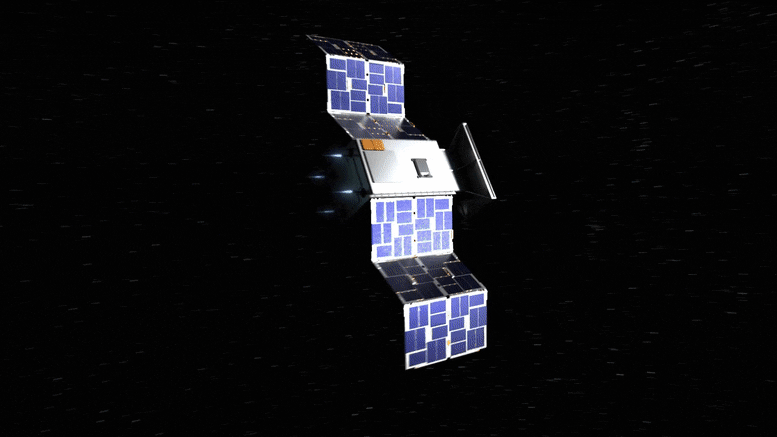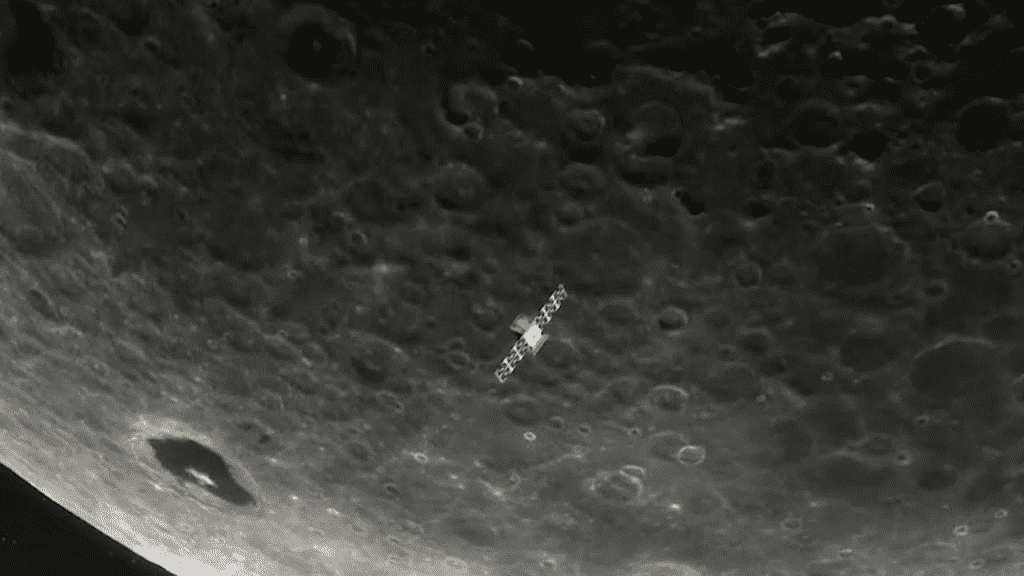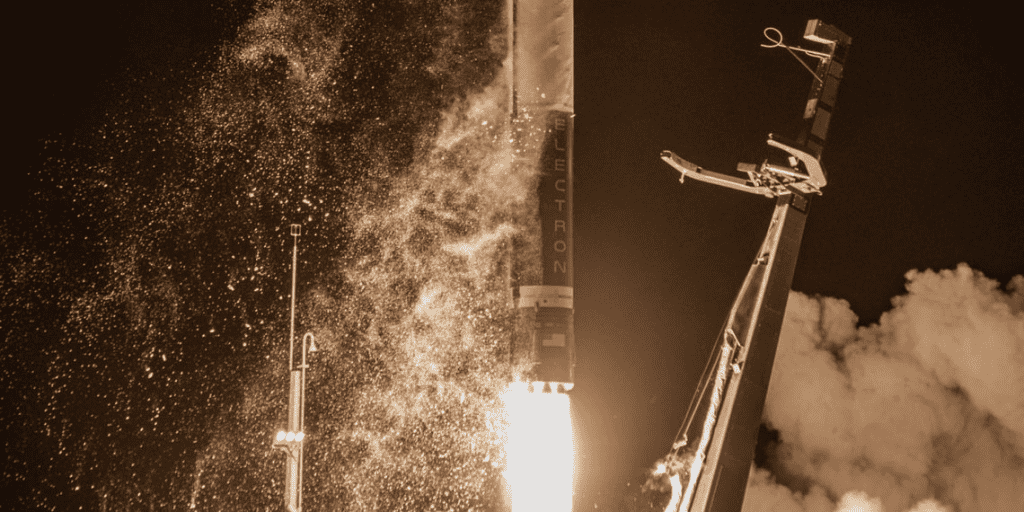NASA announced Wednesday that contact with its $32.7 million spacecraft on its way to the Moon to test a lopsided lunar orbit had been reestablished.
NASA was taken aback when the mission to the Moon failed to contact in the darkness of space just days after it was launched from New Zealand. But only for a short time until connectivity was restored.

While communicating with the Deep Space Network, the Cislunar Autonomous Positioning System Technology Operations and Navigation Experiment (CAPSTONE) mission encountered communications problems.
However, once contact was restored, NASA experts rejoiced. The agency also revealed that data from the spacecraft indicated that it was in good health and operated successfully on its own when it was out of contact with Earth.

Moreover, we also know what went wrong: a bad command and a software bug. The issue arose during the calibration of the CAPSTONE satellite, which typically entails communicating with the satellite and testing its systems, according to a NASA update.
According to NASA, when requesting diagnostic information to look into a problem with CAPSTONE’s range data, an “improperly formatted command” was sent to the satellite, making its radio inaccessible. In addition, the onboard fault detection system could not fix and restart the radio because of a significant “defect in the spacecraft flight software.”
“And still, the small spacecraft survived,” Ars Technica senior space editor Eric Berger tweeted in response to the news.
“Hard not to root for the little guy.”
CAPSTONE’s autonomous flight software managed to reconnect the satellite despite the delay, letting the ground crew regain control. Additionally, by maintaining the alignment of its solar panels, it could keep its antenna pointed towards Earth the entire time it was charging its batteries.

This CAPSTONE-based mission is a huge step forward in NASA’s Artemis program. It will be the first to explore a novel, elliptical lunar orbit and will serve as a test bed for Gateway, a Moon-orbiting base component of the Artemis.


